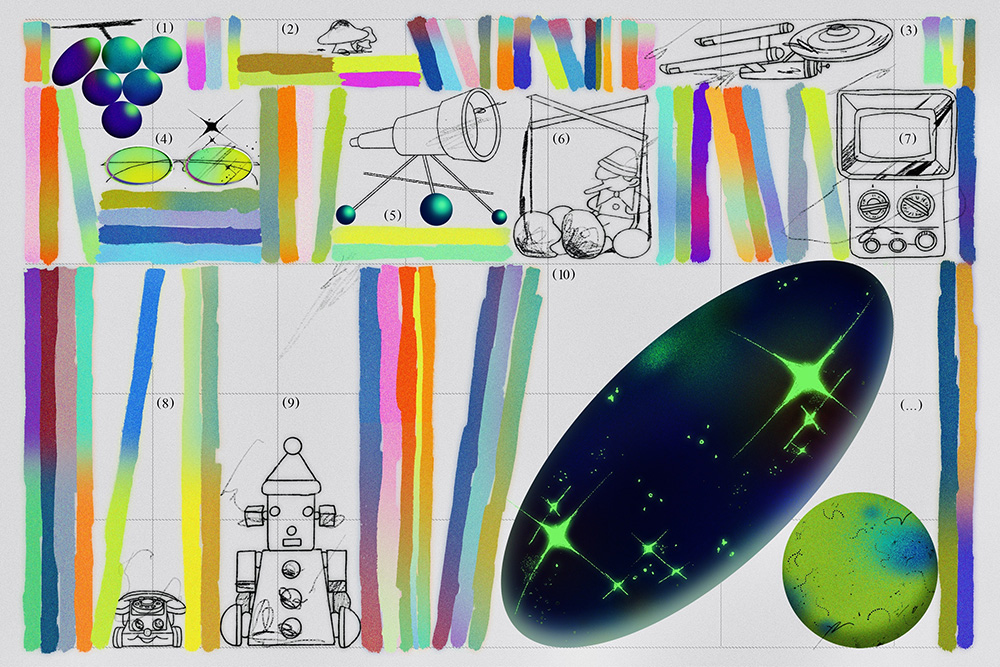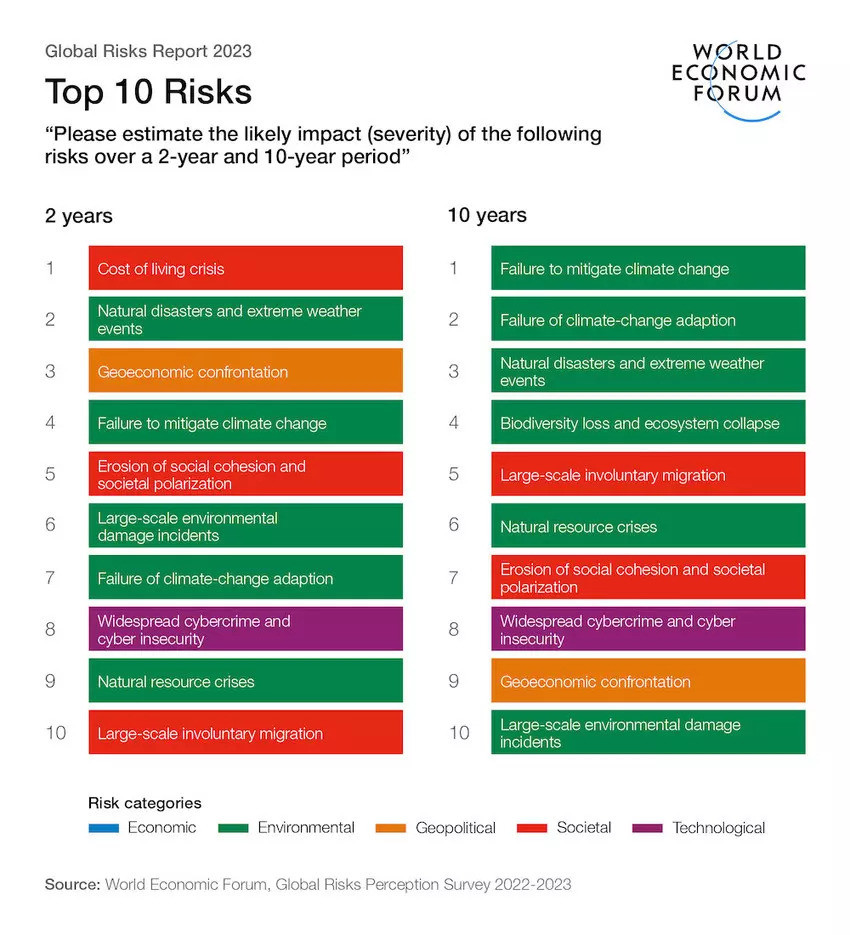
March 7, 2018
The Wandering Center of Our Attention
Bernie Schein, my homeroom teacher in middle school, was a coffee-chugging, pipe-puffing, hard-cursing, writer’s writer who set the bar for brutal honesty and best efforts dangerously high. He hammered my junior high years into a college-level creative nonfiction boot camp. Every day Bernie’s voice went hoarse from barking at us to dig deeper and write harder. Every day somebody cried. Thanks to his pugnacity, we all left his class with a reverence for the written word. A decade later, Bernie sent me a release form from the publisher of his forthcoming book. He wanted to include an essay I wrote in the eighth grade, and asked if he could also shape one of the book’s characters in my image. The character’s name was Danny Fields. “Danny Fields’s parents worried about him because he suffered from attention deficit disorder…If incidentally his attention was caught, suddenly he was brilliantly illuminated, and often I wondered whether all that he missed was somehow for a greater purpose. One day the fire drill sounded. Everyone lined up outside the middle school building. No Danny. I ran into the building and found him, seated at a table, laboring over his work. ‘There’s a fire!’ I screamed. Of course there was no fire, but he didn’t know it. ‘Look,’ Danny said, ‘can you wait just a minute? I’m trying to finish my French assignment.’”
What is attention? The answer hasn’t always been clear to me. Growing up, I was told that my attention span was deficient, but apparently I was able to concentrate hard enough to tune out a fire drill. The “deficit” in “attention deficit disorder” doesn’t describe an inability to focus; it describes what appears to be a lack of control. I’ve always wondered if it really boils down to a difference of opinion regarding what matters. For example, whether a real grade is more important than a fake fire. We typically measure attention spans by their length but I’ve always thought of mine as a frequency. When the frequency of my focus is low, I sink into my surroundings and float toward the places that ask to be noticed. When the frequency of my focus is high, I project forward around a single point and block out everything else. As an adult I’ve found the middle between these poles, but the extremes still prove to be useful. Attention is about the way that we experience space and spend time.
Time spent paying attention also has monetary value, for both the payer and the payee. Our economy has always hinged on capturing the public’s interest—a reality that has been turbocharged by the digital era. Information is baited. Audiences are lured. Engagement is measured. Whether a brand is a global conglomerate or a single person, we all clamor in the virtual gold rush to be noticed. This context places attention at the crux of graphic design’s practice and product. Toggling between high and low frequencies of focus is critical to a designer’s ability to evaluate and refine value propositions. Designers use these modes of seeing to shape ideas into vessels that catch and hold the attention of customers for their clients. But the power to turn heads comes with responsibility. It can be employed in service to the widest possible range of endeavors, including the shaping and selling of harmful products, and hateful ideologies. Designing responsibly means considering the outcomes of your client’s choices and taking care when choosing who gains from the benefit of your full attention.
“Design as an activity has social meaning. The starting point for this is the Hippocratic oath.” —Milton Glaser
Milton Glaser is also fond of saying that the primary function of art is to make us more attentive—to focus our attention on the present. This attentiveness can arise from making or looking. Whether we’re the author or the audience, the frequency of our attention defines the amount of time we invest in the here and now via a creative experience. It can also define the amount of time we invest in practicing a creative discipline. I often think of Andre 3000’s answer to this question that was asked by Jon Caramanica in a piece for the New York Times, “Is part of the reason you retreated from doing music because of how confining the rapper box was?” Andre replied, “No. If I’m at a place where I feel like I’m regurgitating or doing the same thing, it’s doing nothing for me…When you feel it, it’s right. If you don’t feel it, then why? Honestly, think about it. Why do it?”
One day, Bernie pulled me aside and said, “Brian, if you’re going to be a writer…” I interrupted him to explain that I did not want to be a writer—that I intended to attend art school. In my memory, he responded by sputtering like an old truck engine struggling to start. I did attend art school and from there went on to explore a slew of creative disciplines. Over the years I’ve self-identified as an illustrator, graphic designer, artist, curator, poet, type designer, and lately—to Bernie’s delight—I’ve circled back to writing. It’s not surprising to me that graphic design has been my common denominator—holding my attention throughout it all. When your livelihood is tethered to a practice it leaves little room for your interest in it to wane. The survival instinct is a potent cure for creative block and burnout. The other disciplines listed above have all been moonlight enterprises, allowing me the freedom to wander in and out of them. Sometimes I wonder if winning the lottery would prompt me to wander away from graphic design as well.
I imagine the doctor who diagnosed me with attention deficit disorder as a child might say that the way I’ve wandered through my creative interests as an adult is the result of a short attention span. He might even try to medicate me again. But following the things that grab our attention is what curiosity looks like. Creativity is about asking questions with our actions and our best questions tend to come from allowing ourselves to wander. Both zoning out and zoning in are forms of cognitive exploration that can lead to increased self-knowledge. Paradoxically, both states of mind also involve an absence of awareness. Zoning in, we can forget our surroundings; zoning out, we can forget ourselves. When I finish making something, I often feel as though I’ll never be able to do it again, like I’ve forgotten the creative part of my identity. For example, it feels to me right now as though this could be the last essay I will ever write. We must allow ourselves to wonder this way. It opens us up to wandering. Wandering from creative disciplines that I know and love is scary, but allowing a natural selection of ideas and interests to play out ruthlessly in my heart is how I got here. Asking ourselves if we’re done doesn’t mean that we are. Merely imagining distance is enough to provide perspective. It gives us space to look back and choose what we might have left again—to see it with new eyes and return filled with the hope that it will hold our attention for a while longer.
Observed
View all
Observed
By Brian LaRossa
Recent Posts
Why scaling back on equity is more than risky — it’s economically irresponsible Beauty queenpin: ‘Deli Boys’ makeup head Nesrin Ismail on cosmetics as masks and mirrors Compassionate Design, Career Advice and Leaving 18F with Designer Ethan Marcotte Mine the $3.1T gap: Workplace gender equity is a growth imperative in an era of uncertainty



